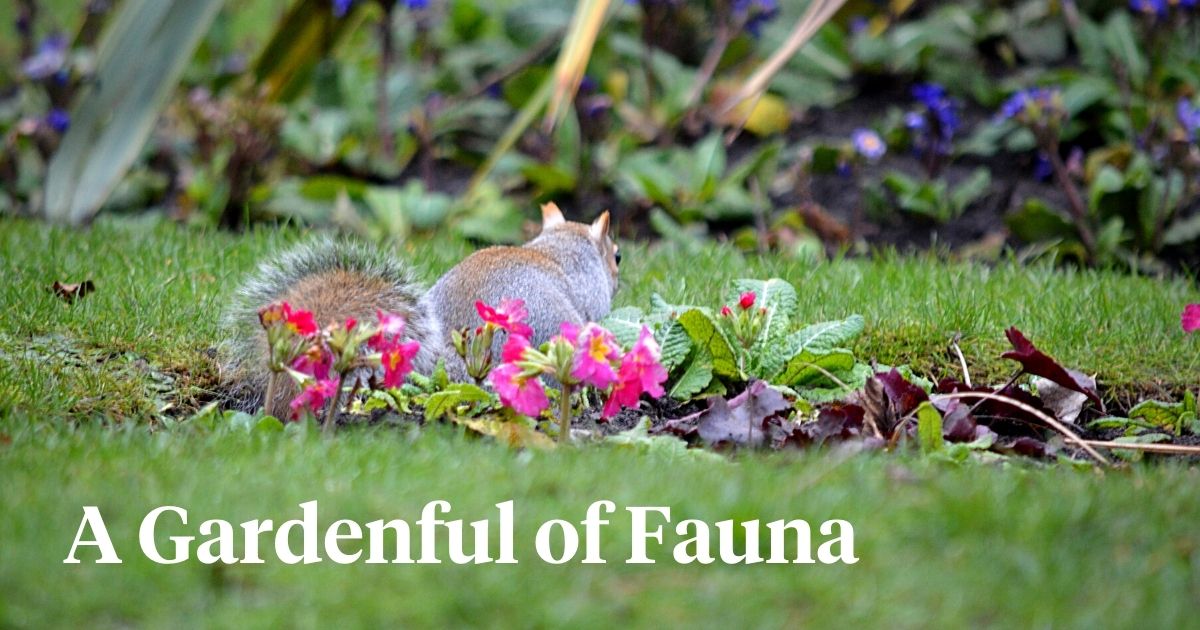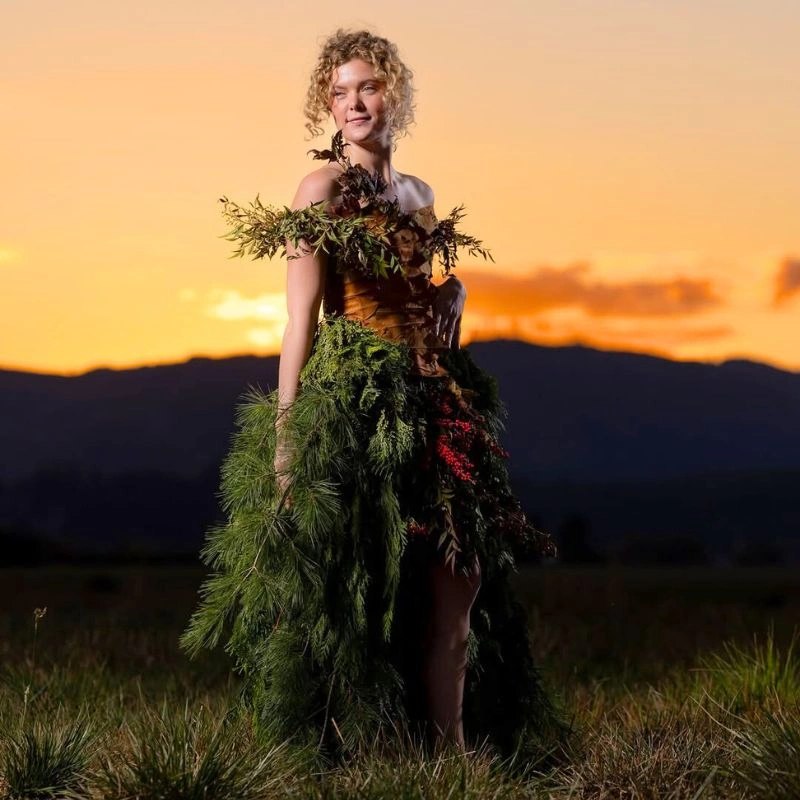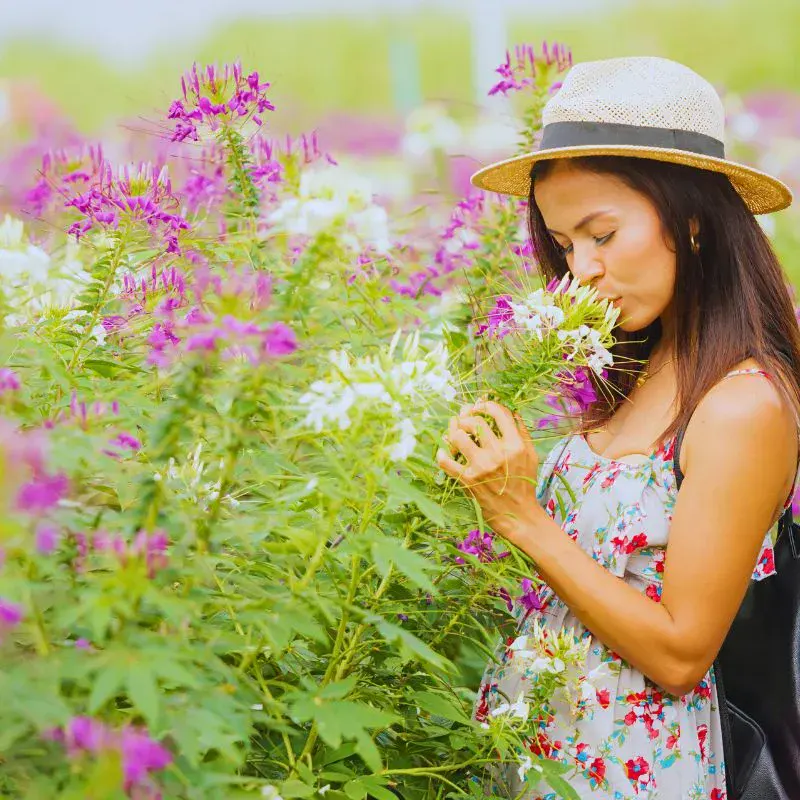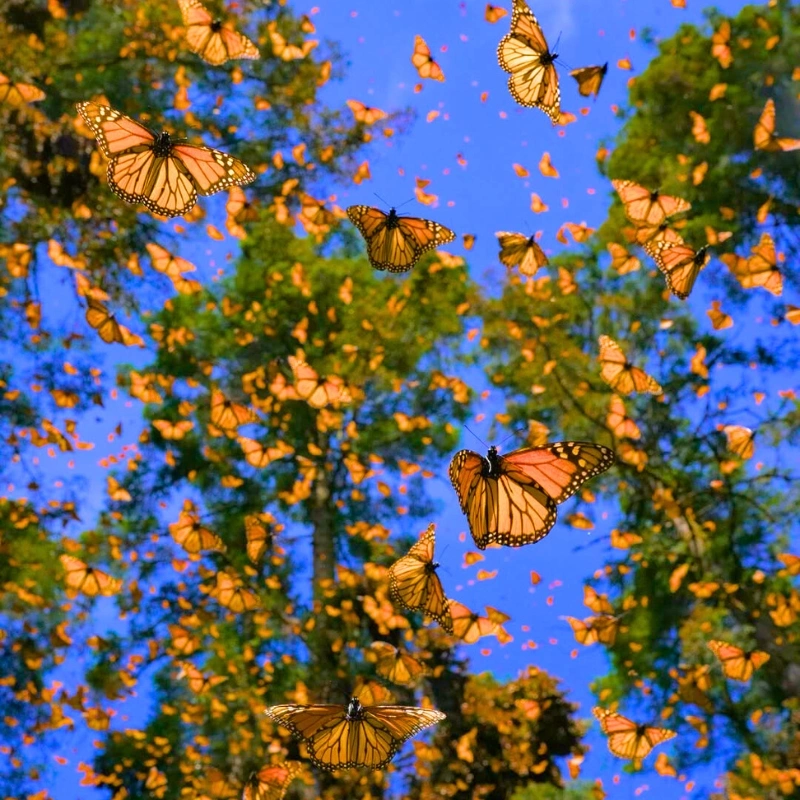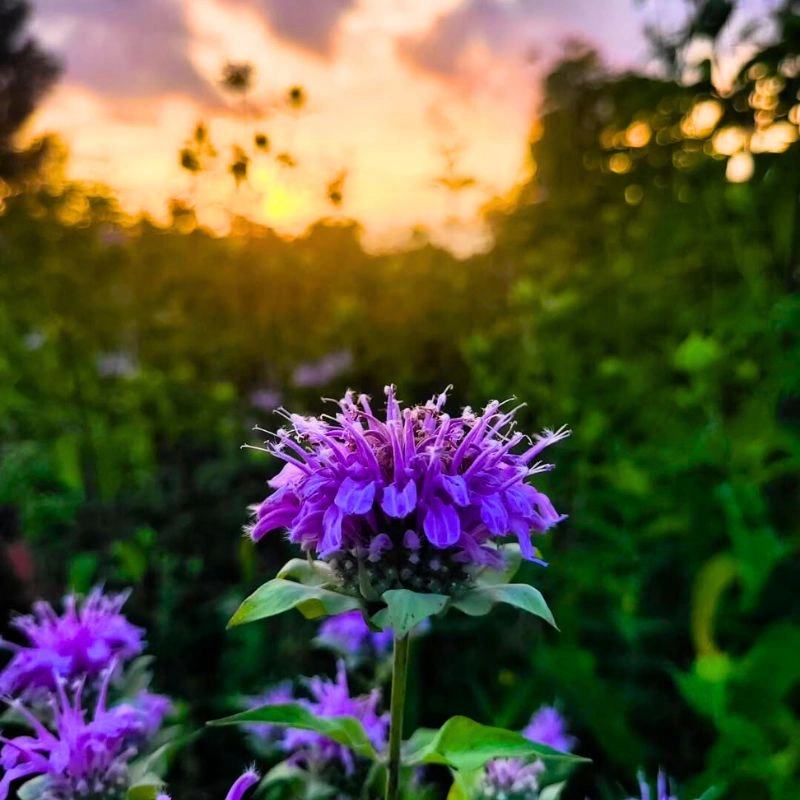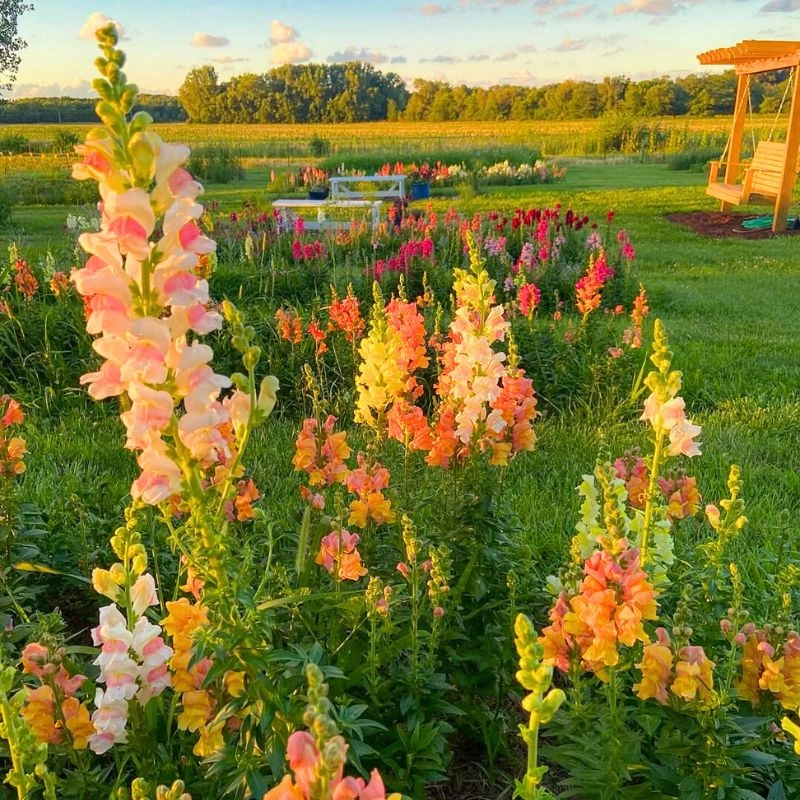The modern world is increasingly becoming urbanized with concrete and glass structures constantly sprouting in virtually every empty space. The significance of forging connections with nature in our own backyards can, therefore, not be overstated. Who wouldn't, for instance, want to listen to the sound of birds chirping in the nearby trees every morning? Or a random chipmunk picking nuts in their backyard.
That’s what wildlife gardening is all about. It is a deeply rewarding and ecologically responsible experience that offers a chance to invite nature much closer to home while contributing positively to the planet’s well-being and its diverse inhabitants. With some creativity, you can transform your garden into a thriving ecosystem that welcomes birds, butterflies, other beneficial insects, and even small animals into your home’s backyard.
The Concept of Gardening for Wildlife
For starters, wildlife gardening is a way of encouraging small animals like deer, birds, bees, butterflies, and others into your garden. It is a practice that is all about making a resourceful haven for you, as well as for wildlife by providing food and habitats for wildlife in backyards and gardens.
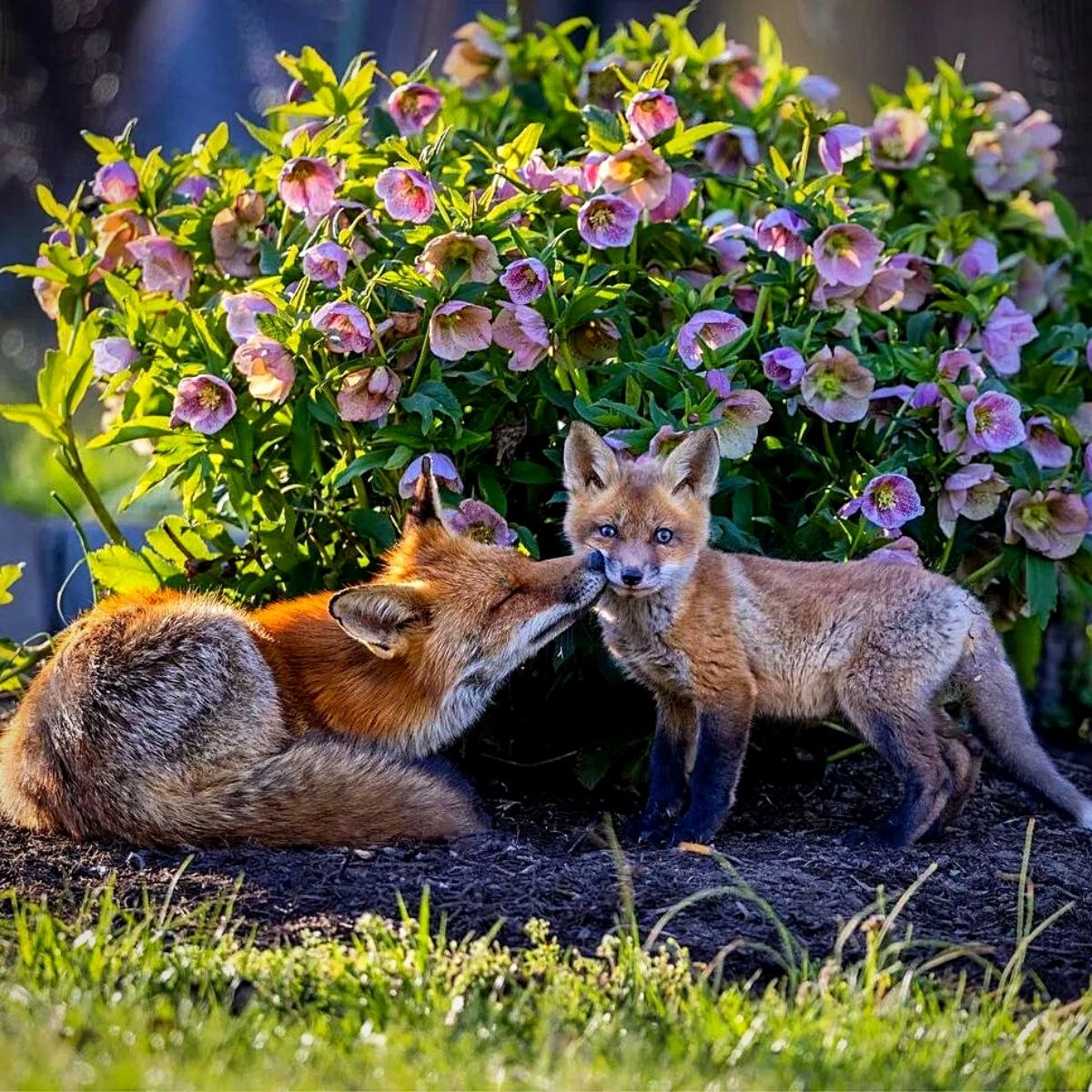
This idea is driven by the notion that many wild species including bees, butterflies, hedgehogs, and amphibians are continually suffering from decline due to factors such as habitat loss, pesticides, and climate change. This concept, basically, helps prevent or even forestall these challenges’ effects on wildlife.
The practice, while now in vogue, has its roots in the conservation movements of the late 19th and early 20th centuries. As suburbanization and agriculture gradually chip away at natural habitats, naturalists, scientists, and environmental conservationists recognized the dire need to combat habitat loss, support biodiversity, and safeguard endangered species.
Today, wildlife gardening is quite an integral strategy to address the imbalance caused by wanton urbanization and in the process attracting beautiful wildlife species. If this is done correctly, and caution taken to not ‘invite’ unwanted pests and other dangerous wildlife like snakes indoors, then it could be quite a rewarding experience.
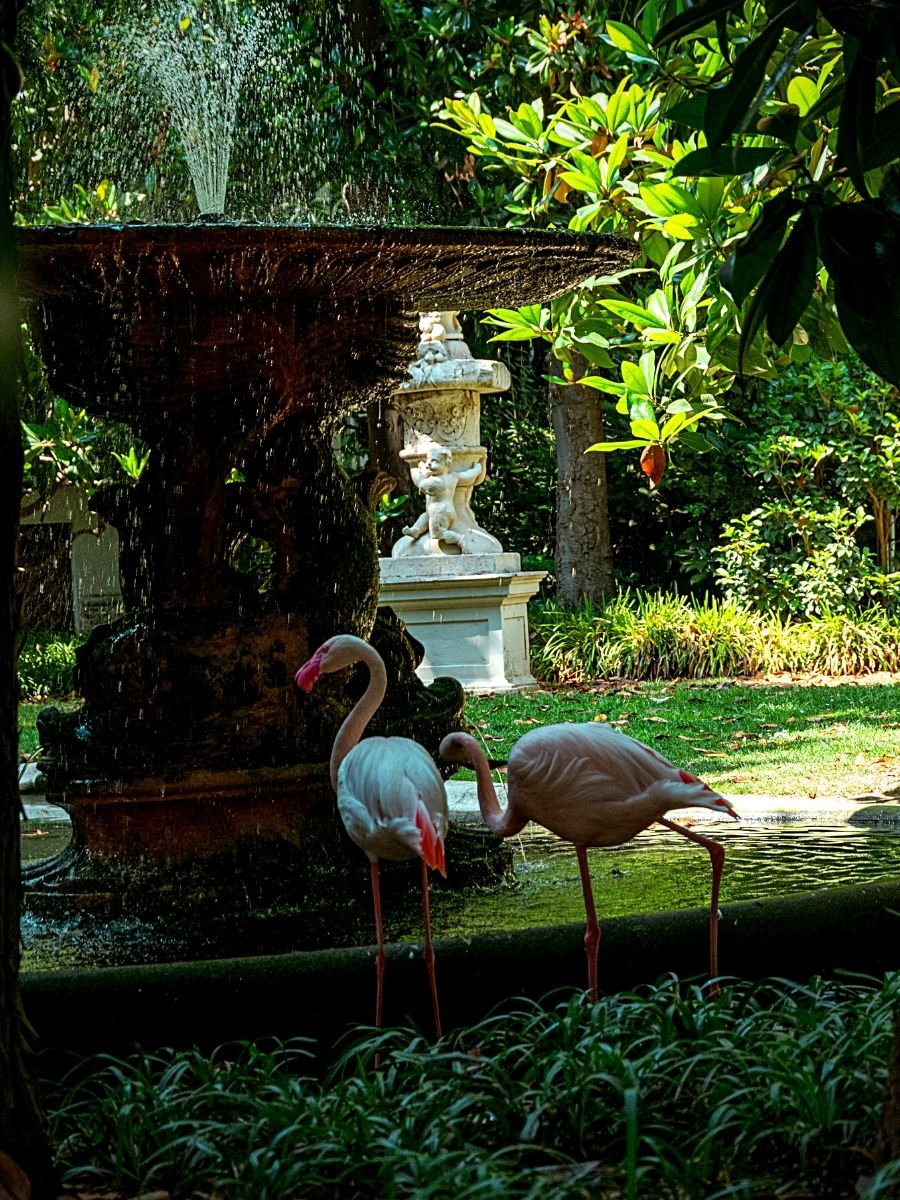
Choosing the Right Plants
Central to crafting a wildlife-friendly garden is the thoughtful selection of plants. Native plants, in particular, are treasures having evolved alongside local wildlife. Some of these ideal plant categories include
Nectar Plants
These are the lifeblood of pollinators, enticing butterflies, bees, wasps, and hummingbirds, among numerous others. You can consider the likes of the butterfly bush (Buddleia davidii), coneflower (Echinacea purpurea), and bee balm (Monarda didyma).
Host Plants
Vital for the lifecycles of butterflies and moths, host plants serve as some kind of nurseries. The regal monarch butterfly, for instance, depends on milkweed (Asclepias spp.) for its young, while dill and parsley attract the majestic black swallowtail.
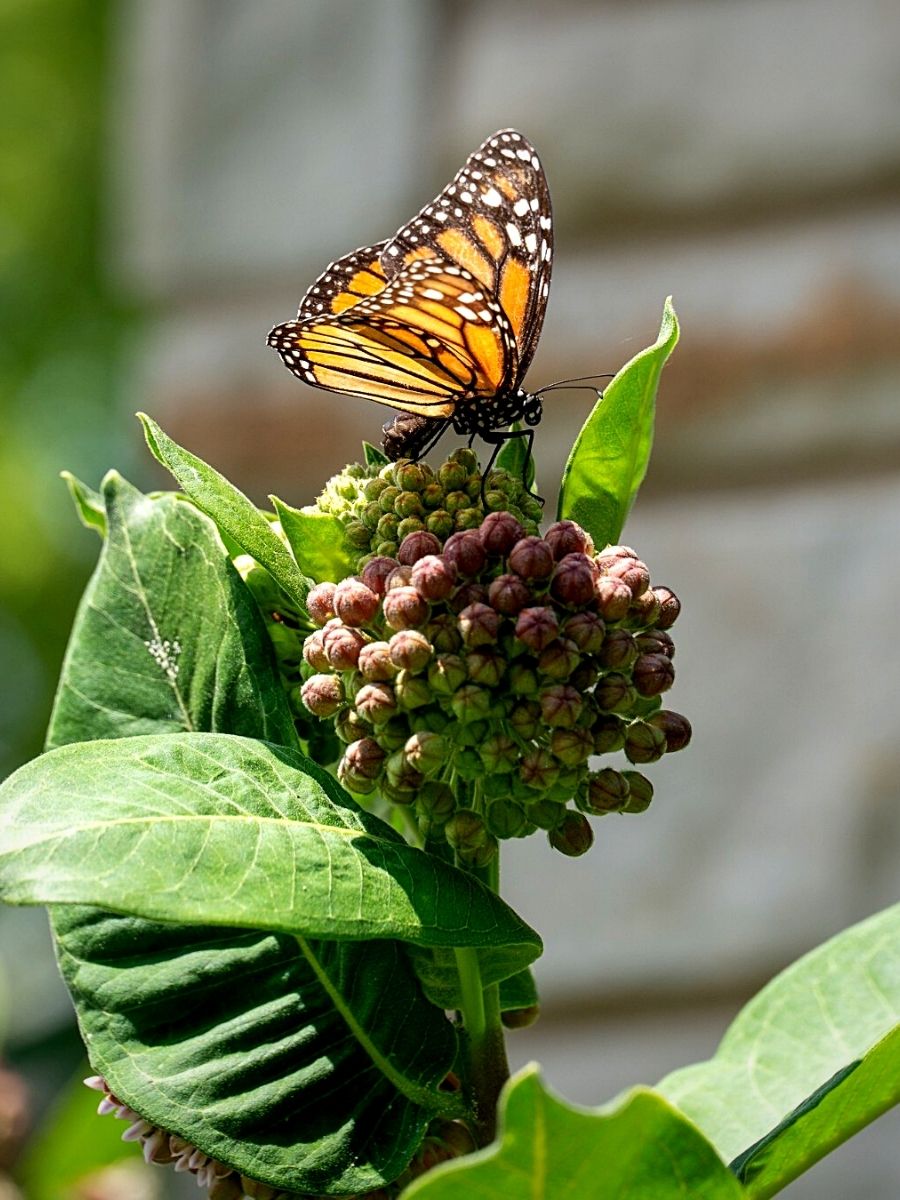
Berries and Seeds
There are certain plants including native berry bushes and sunflowers which offer sustenance for birds and small mammals. These can be planted in the wildlife gardens as well.
Native Grasses
A cover and nesting site for birds and insects, grasses are instrumental in maintaining the equilibrium of your garden. Birds can use these plants to build their nests and create habitats for themselves.
Water Plants
Ponds and water features are a splendid part of a garden setting. In his home, French impressionist painter, Claude Monet once owned a Japanese flower garden in which there was a pond containing water lilies and other plants. Small wildlife may, definitely, have found this spot quite homely.

Creating Wildlife Habitats
To effectively create a sanctuary for wildlife in your backyard or the front yard, your garden should incorporate several crucial elements.
Water sources are a crucial component. From birdbaths to ponds and small water features, these offer essential drinking and bathing spots for wildlife. Ensure that there are shallow areas to accommodate all ‘guests’ in the garden.
You can also incorporate shrubs, trees, and birdhouses, providing a sanctuary for nesting birds. These shelters and nesting sites create a cozy space for the wildlife. Also, don't overlook the importance of snags and dead trees as they provide spaces for cavity-nesting wildlife species.
Mulch and leaf litter are also integral in the concept as these seemingly humble components harbor insects and amphibians, while simultaneously conserving soil moisture and providing manure and other conducive conditions for new plants’ growth.
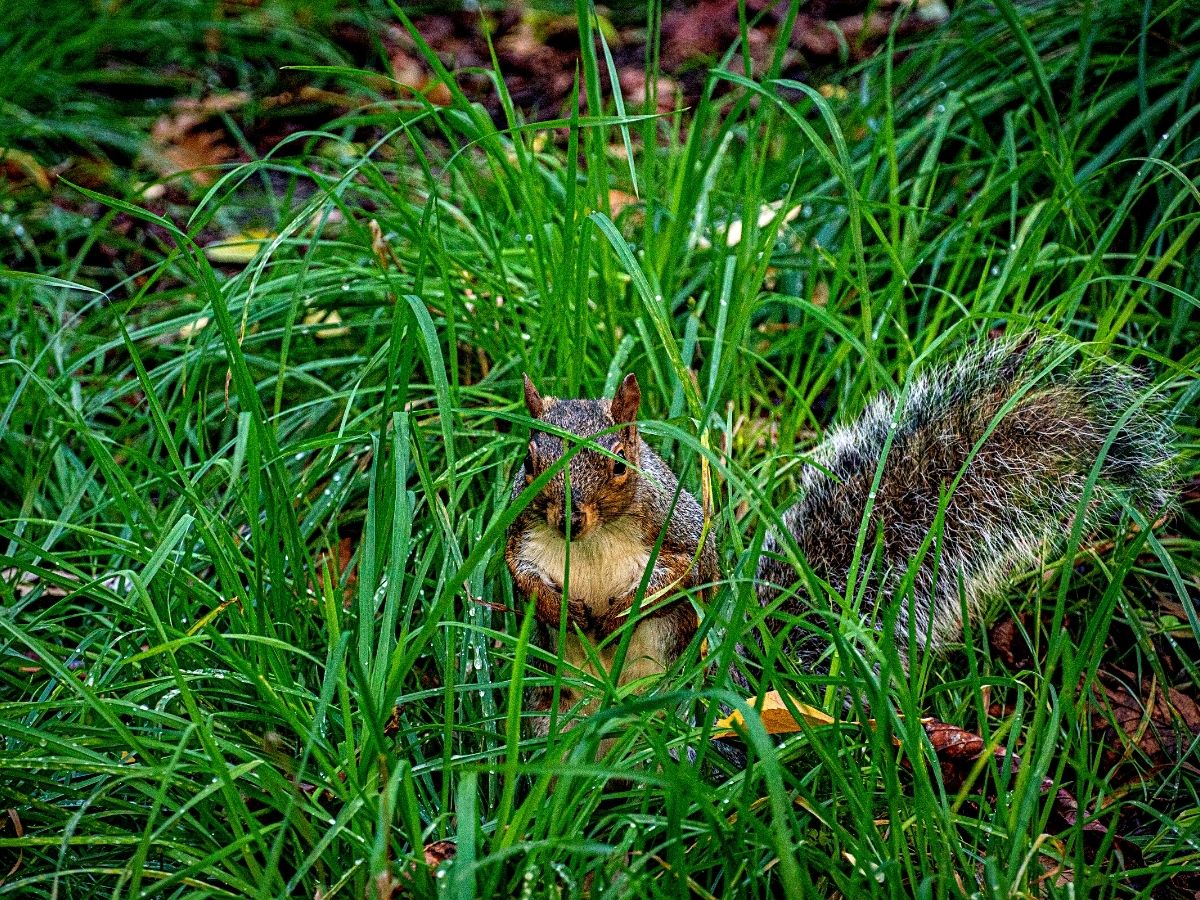
The use of pesticides can inadvertently harm not only pests but also beneficial insects. Therefore, wildlife gardening embraces natural pest control methods to maintain the ecological balance.
Gardening Projects That Benefit Wildlife
Across the globe, numerous projects exemplify the perceptible impact of wildlife gardening. For instance, the High Line in New York City is an attraction made up of pollinator gardens. Teeming with diverse plants, the development plays host to a myriad of pollinators, showcasing the aesthetic and ecological potential of such activities.
Institutions like the Lady Bird Johnson Wildflower Center in Austin, Texas, and the Chicago Botanic Gardens have also been championing the cause of bird-friendly gardens, setting an example by promoting plants to sustain avian populations.
Monarch Waystations have also sprung up across North America, providing crucial respite for the endangered monarch butterfly during its migration. Schools, parks, and individuals alike have united behind this cause, demonstrating the power of collective conservation efforts.
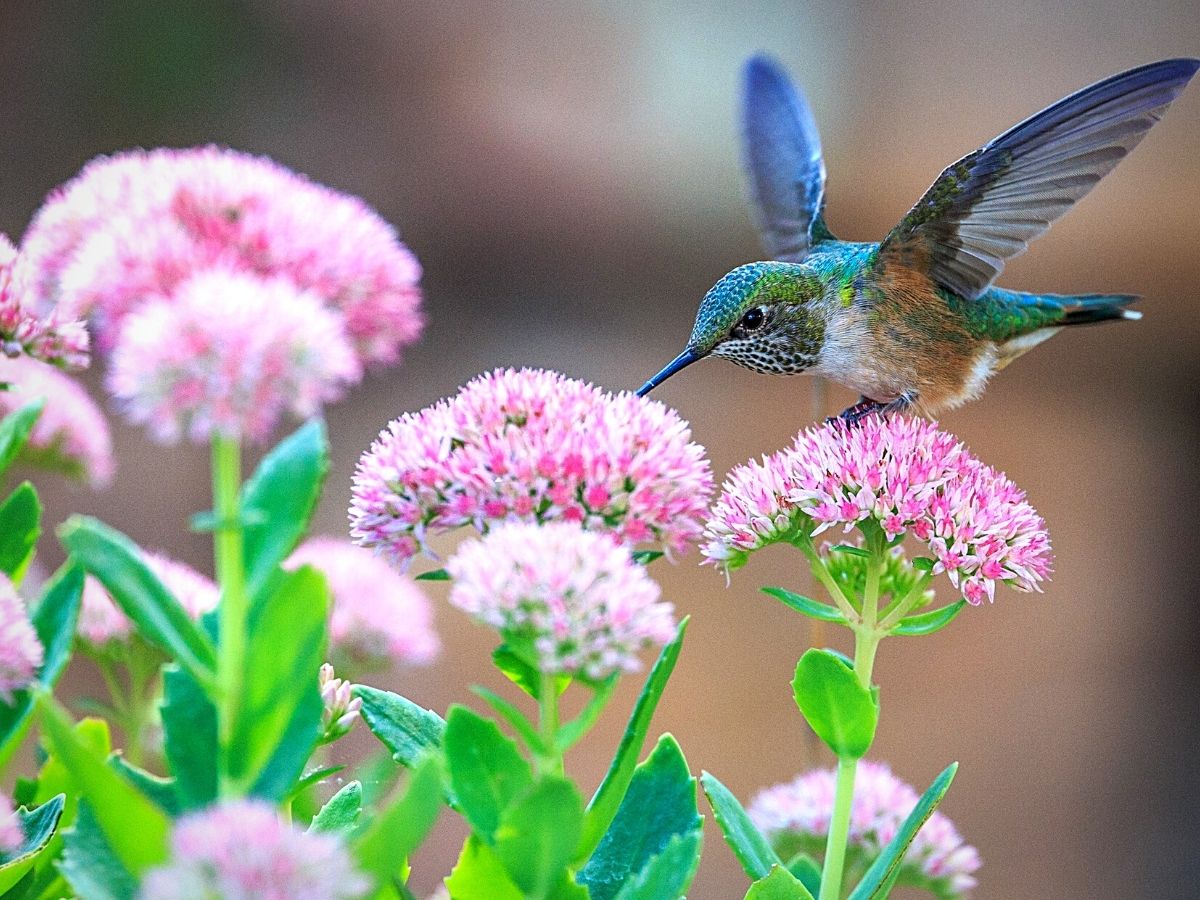
The Impacts of Wildlife Gardening on the Environment, Humans, and Wildlife
The concept of gardening for wildlife resonates on multiple levels. It has numerous benefits for humans, plant life, wildlife, and the environment.
For instance, by nurturing native flora and fauna, one actively contributes to biodiversity conservation. At the same time, the garden becomes a carbon sink that aids in the fight against climate change and reduces urban heat island effects.
Wildlife gardens also offer more than ecological benefits; they offer deep connections between humans and nature. Through education and research, they inspire people of all ages to appreciate and safeguard the environment.
In addition, in our world where natural habitats continue to dwindle, these gardens have materialized as lifelines for countless species. For instance, consider the monarch butterfly, whose survival hinges on the milkweed plant. When you cultivate these plants, you become a direct participant in their conservation.
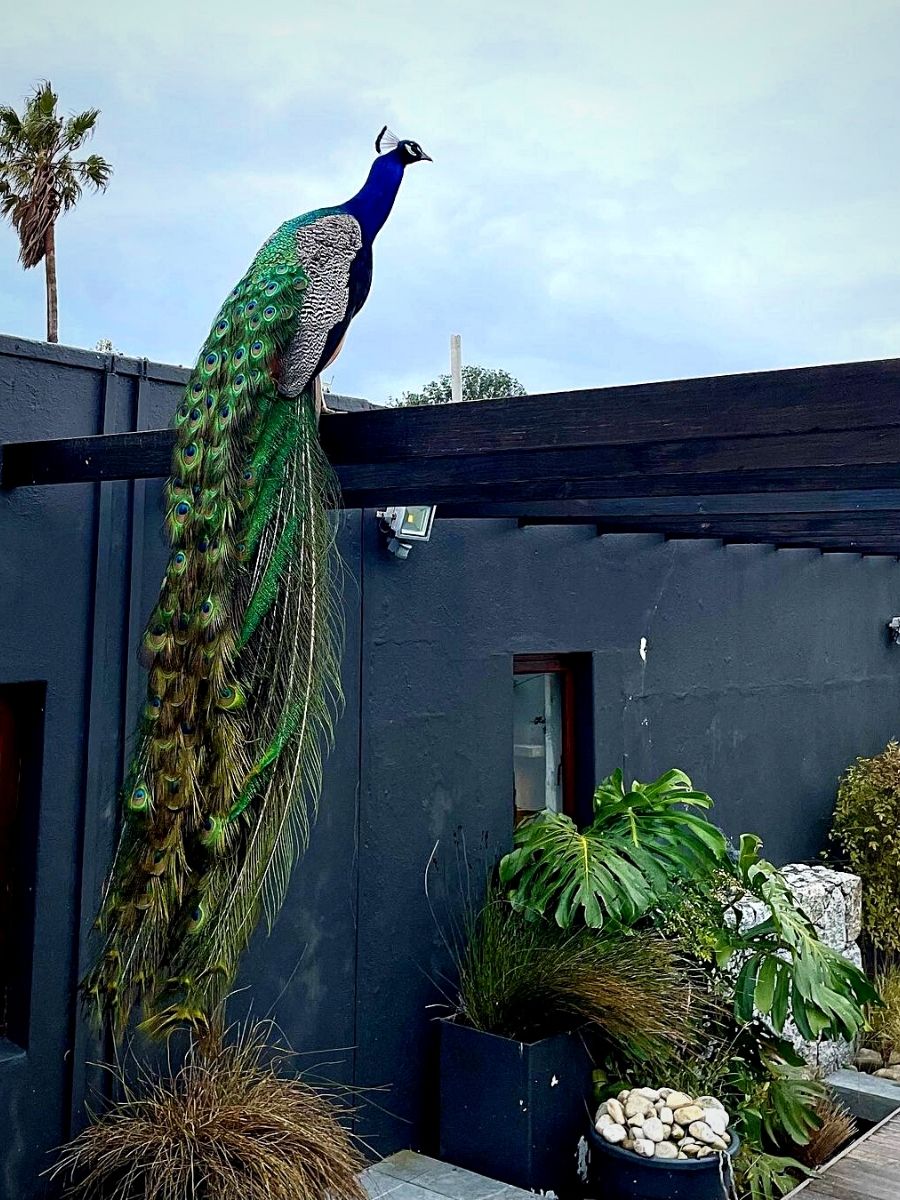
Wildlife Gardening Is a Cause Worthy of Your Interest
With all the well-being benefits, and the notion that it conserves the environment, and biodiversity, maintaining the fragile balance of the natural world, wildlife gardening occurs as a potential and accessible means for people to effect positive change in their environment.
Through the careful selection of plant life, the creation of vital wildlife habitats, and engagement in collective conservation activities, such gardens can develop into sanctuaries that birds, butterflies, beneficial insects, and small animals find habitable.
The ripple effects of this wildlife-friendly garden, in turn, extend far beyond your backyard. They resonate throughout all aspects of being of the environment, humans, and wildlife. This makes it quite a worthwhile cause as it turns you into a nature steward.
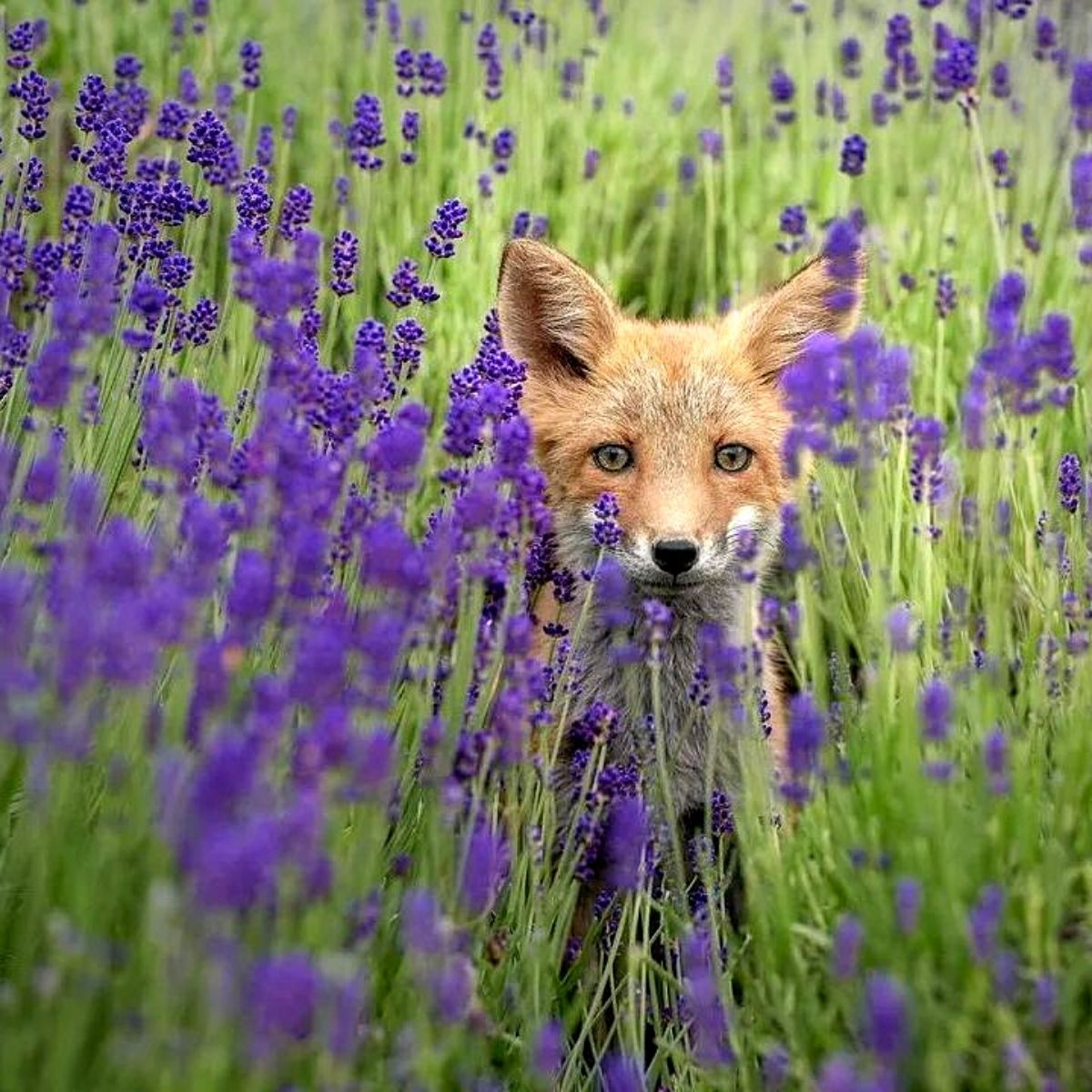
Moreso, with each garden, you contribute to a more biodiverse future where wildlife thrives within the verdure of your garden.
Feature image by @foxes_club on Instagram, header image by Brian Kamau on Unsplash.

